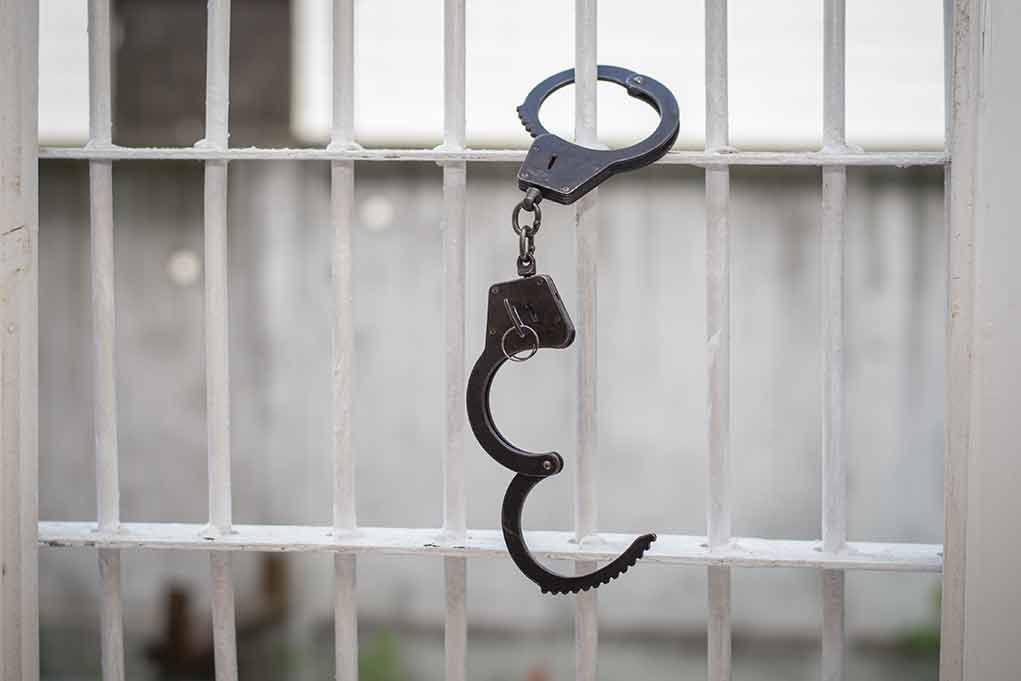
Multiple migrants deemed high-threat, including Tren de Aragua suspects, have arrived in Guantanamo Bay, following the Trump administration’s announcement that it would be sending high-threat migrants there temporarily.
Key Takeaways
- The U.S. has transferred a number of migrants, described as “the worst of the worst,” to Guantanamo Bay.
- Some of these migrants allegedly belong to the Tren de Aragua, a Venezuelan street gang with international influence.
- The transfer is reportedly temporary, with plans for deportation once feasible.
- President Trump’s executive order allows for holding up to 30,000 migrants at the naval base.
- The move has sparked controversy due to concerns about human rights issues.
High-Threat Migrants Relocated
The US military transferred 10 “high-threat illegal aliens” to the Guantanamo Bay detention center on Wednesday. US Secretary of Homeland Security Kristi Noem has referred to these migrants as “the worst of the worst.” On Thursday, February 6, reports indicated another 13 Venezuelan migrants were being sent to the prison as well.
This measure is intended as a temporary solution until deportation processes are finalized. The Department of Defense has clarified that these individuals will be detained separately from existing prisoners for the sake of safety and security.
Security Enhancements at Guantanamo Bay
The White House plans to designate Tren de Aragua as a Foreign Terrorist Organization. In anticipation of increased detention needs, 300 Marines have been deployed to Guantanamo Bay, where modifications are underway to accommodate up to 30,000 undocumented immigrants.
Critics, including Human Rights First, have expressed concerns over the potential for violating human rights. The history of the Guantanamo facility, particularly regarding its past use for detaining Haitian and Cuban migrants, amplifies these worries.
Political and Humanitarian Reactions
Cuban President Miguel Diaz-Canel condemned the US’s actions, labeling them an “act of brutality.” His sentiments echo the broader international criticism, which highlights the humanitarian implications and potential for exacerbating tensions.
Yael Schacher of Refugees International voiced concerns over renewed use of Guantanamo Bay, noting historical abuses at the site. Despite these concerns, the Department of Defense maintains that collaboration with Homeland Security is essential to ensure national security.
Future of Guantanamo Bay Migrant Detentions
Future implications are uncertain as President Trump’s immigration policies continue to evolve. The Migrant Operations Center at Guantanamo is distinct from the high-security facility used for al-Qaeda detainees. These measures are, according to the Pentagon, required in order to preserve safety and security until the detainees can be transported.
As the situation develops, the balance between national security and humanitarian standards remains in question, poised at the heart of a contentious political debate over immigration policy and human rights.
Sources
- 10 ‘high-threat illegal aliens’ arrive at Guantanamo Bay
- Department of Defense Announces Arrival of High-Threat Illegal Aliens at Guantanamo Bay Detention Facility
- 1st migrant flight lands at Guantanamo Bay, carrying ‘worst of the worst’
- First US military plane with 10 detained migrants arrives at Guantanamo Bay
- Over a dozen Venezuelan criminal illegal migrants sent to Guantanamo Bay: ‘Highly dangerous’ people












